The MyHeritage DNA test is done with saliva via cheek swabs. Therefore the blood type is not relevant.
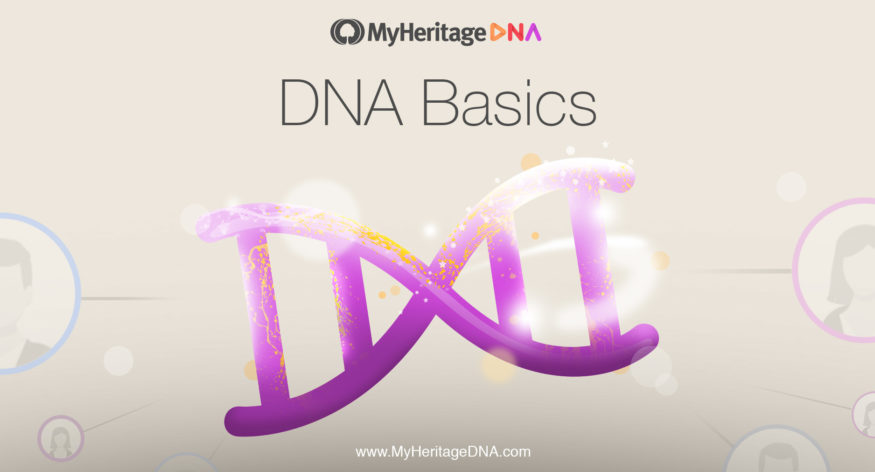

In the last post of the DNA Basics series we described the structure of DNA. To summarize briefly: DNA is the instruction manual to each of us.
Nucleotides are the letters;
Sets of three consecutive nucleotides called codons are the words;
Groups of codons called genes are the sentences; and,
Chromosomes are complete volumes of the 23-volume manual — one edition of which is inherited from each parent.
But who’s reading all of this? Who’s actually carrying out the instructions written there?
Heads up: This chapter does get down into the molecular nitty gritty a little bit, but if you bear with us, you’ll have a really solid foundation for understanding the way DNA products work, from ethnicity testing, to finding biological parents or children, and more.

RNA
Ribonucleic acid (RNA) is similar to DNA in many ways. It is also a molecule made up of 4 nucleotides — A, U, G, and C. A and U are complementary just like A and T are in DNA, and G and C are complementary like in DNA. RNA’s main function is to “read” DNA. Think of DNA as the original set of instructions written in ink, and RNA are the notes taken in pencil. Copies of sections of DNA are made in RNA — a process called transcription; in turns proteins are assembled based on those notes — a process called translation.
RNA regulation
RNA is unstable. As soon as the protein is assembled, the notes are erased, i.e., the RNA molecule falls apart. This instability of RNA is an important feature because as long as the RNA stays in tact, more and more proteins will be assembled (DNA expression). By falling apart relatively quickly, RNA is able to regulate how much protein is translated. If a lot of protein is needed, more RNA molecules will be transcribed from the same section of DNA, leading to the translation of many proteins.
RNA undergoes alternative splicing. Another way RNA regulates the execution of the instructions in the DNA manual, is through a mechanism called alternative splicing. What this means is that a single instruction in DNA can be transcribed into RNA and then, before translation, different sections can be erased, or cut out; the remaining sections are then stitched together.

Credit: Agatham
In order to function, our bodies need a lot of different kinds of proteins. If every single protein had its own instruction, we would have far more DNA than the 3 billion nucleotide pairs we already have! There’s a limit to how much material can be contained and maintained. At the same time, if each piece of DNA could only produce a single protein, we wouldn’t have nearly all the proteins we need to carry out essential functions. The fact that the middle man between DNA and proteins, RNA, can be edited, is an ingenious solution.
Types of RNA
Let’s look more closely at two kinds of RNA: mRNA and tRNA.
mRNA is the “notes in pencil” we described above. That’s the RNA that looks almost identical to an original section of DNA, and which after translation, disassembles relatively quickly.
tRNA is a special type of RNA that reads the mRNA and collects the right building blocks for the proteins accordingly. There are 20 possible amino acids that are used for building proteins. Each of the amino acids is recognized by a unique tRNA molecule. Every group of 3 nucleotides — codons — is recognized by a tRNA, which adds its respective amino acid to the growing chain, until the complete length of the protein has been assembled.

Proteins
Once the proteins are assembled, they go through some additional modifications, like being folded correctly. Then they are transported to wherever inside or outside of the cell they are meant to carry out the original instruction.
If mistakes are made and the protein doesn’t turn out just right, it is disposed of in cellular garbage cans called proteasomes. Otherwise, it heads off to do its job.
Variability across ethnicities
Interestingly, in some cases, gene expression, or protein levels, differ between ethnicities.
To give you a MyHeritage Ethnicity Estimate, we read your DNA and produce a data file with the information. We don’t read every part of your DNA, which amounts to about 3 billion points. This is an expensive method called whole genome sequencing, currently reserved for specific clinical and research applications. Instead we focus on reading approximately 700,000 locations in your DNA that are known to vary between individuals, called single nucleotide polymorphisms (SNPs, pronounced “snips”). This method is called genotyping and it produces a data file that lists each SNP that we read, its position in your DNA, and the two alleles we found there (i.e. the A, T, G, or C you inherited from each parent). By analyzing your genotypes for certain SNPs, we can estimate what percentage of your DNA is from each ethnicity.
The allele frequency of certain SNPs, e.g., how likely you are to have an A or a T in given positions, is associated with different ethnicities. Some SNPs are associated with how much of a certain gene tends to be expressed. To give just one example, there is a specific protein that is generally found in different amounts in British Caucasian people versus in Jamaican people due to different, ethnicity-associated genotypes.
The Dogma
The process of gene expression — from DNA to RNA to proteins — is called “The Dogma” by scientists. If you’ve been following the DNA Basics blog series so far, you now have an excellent grasp of DNA essentials. We hope you’ll stay with us as we continue to explore interesting DNA concepts in the coming months.

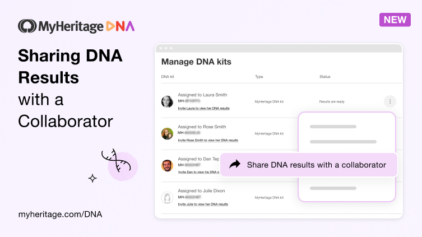
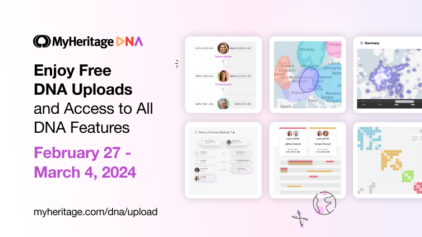
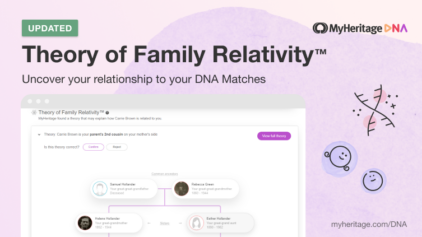

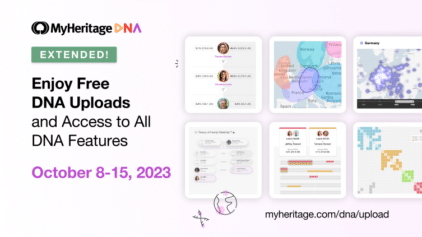
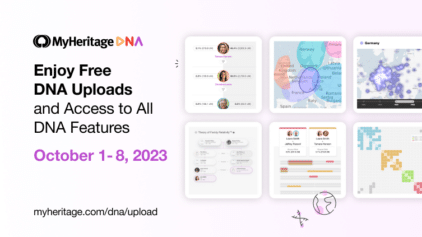
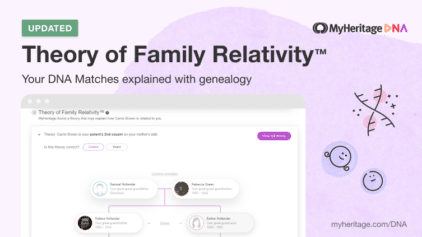

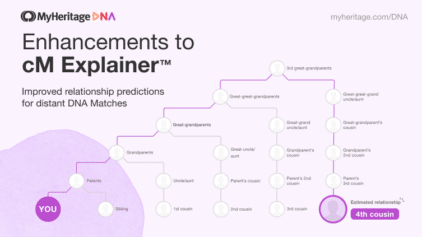
Victoria
February 28, 2018
Is it easier or more difficult to know where you came from if you have RH neg blood?